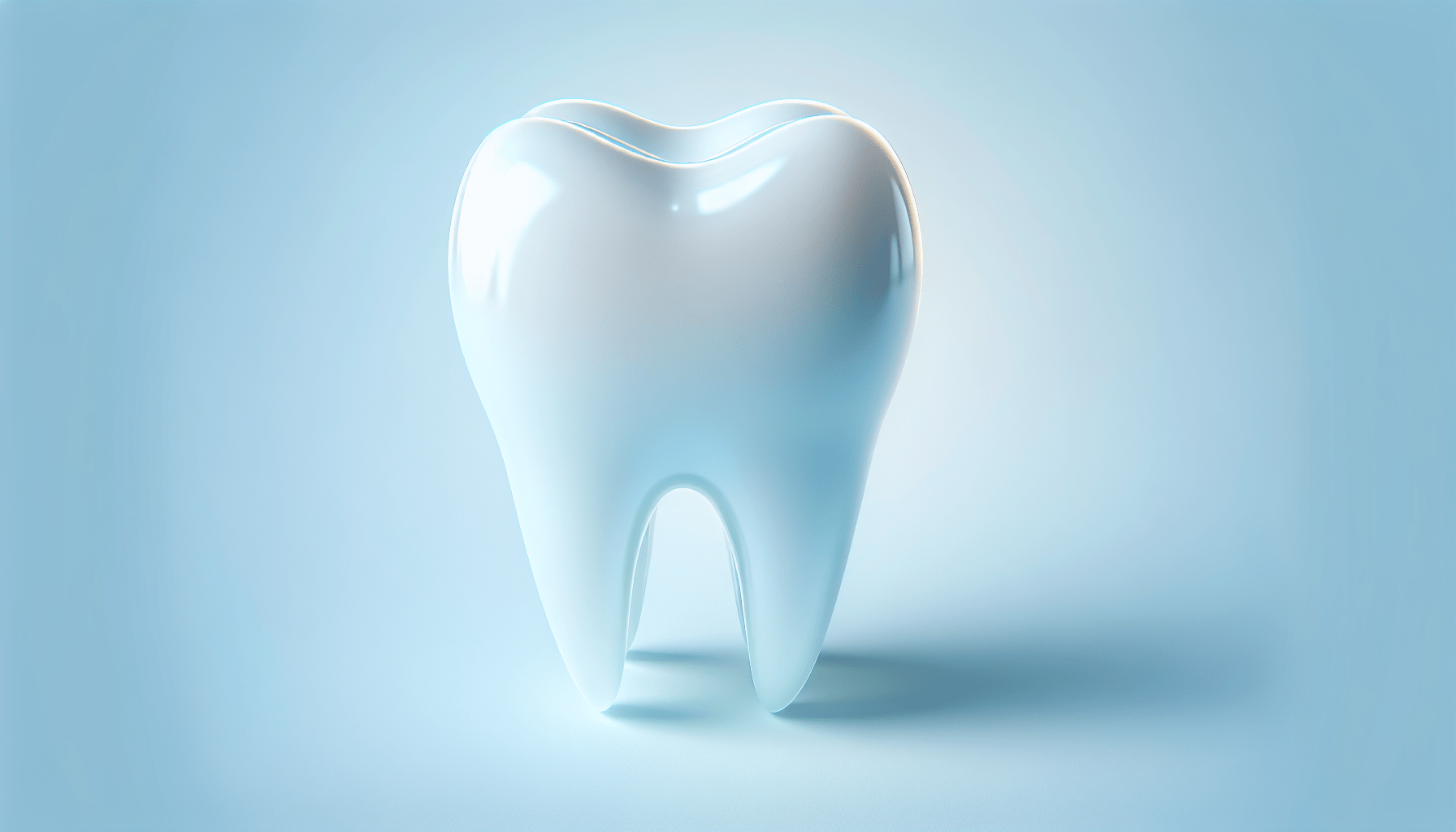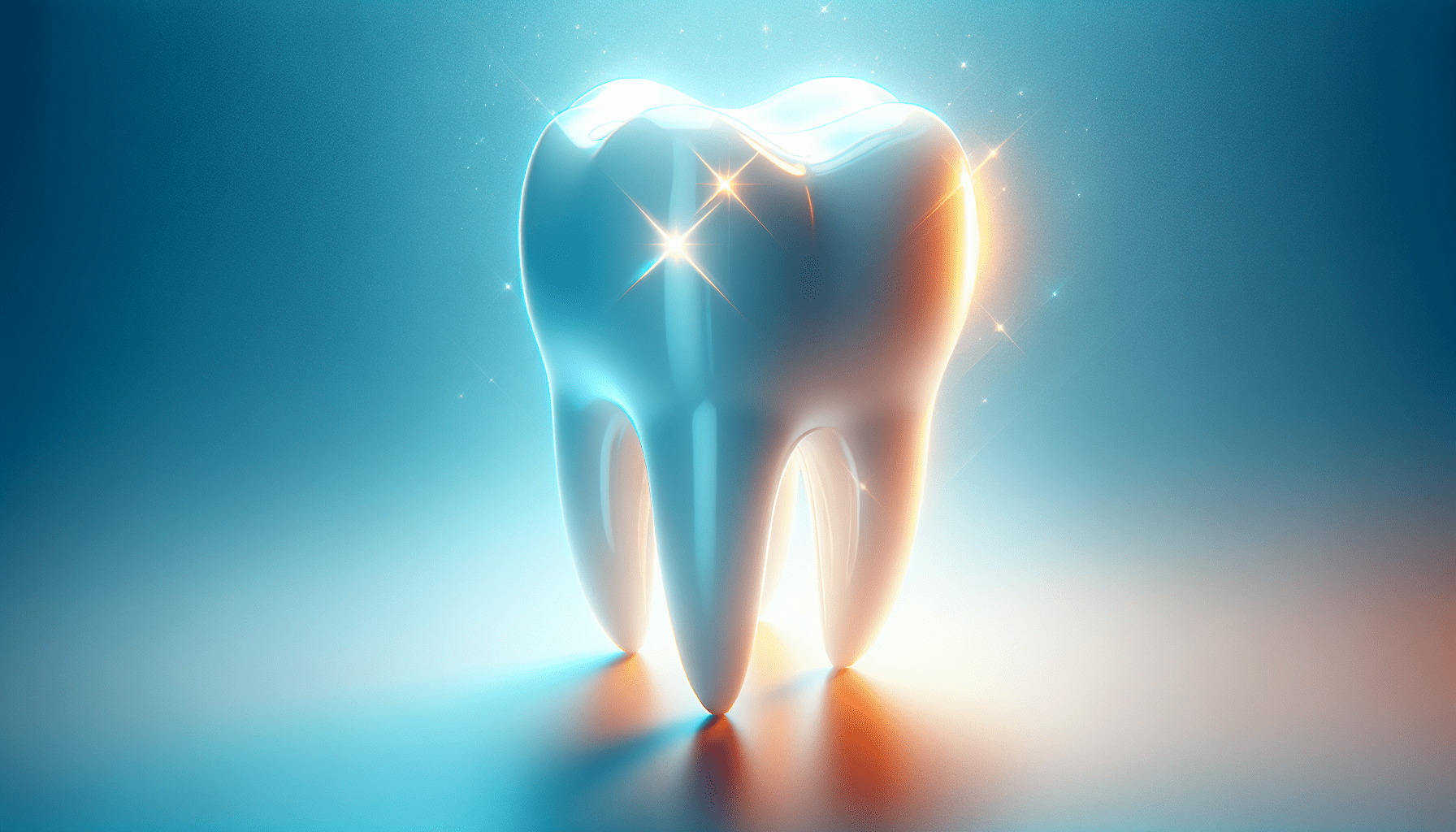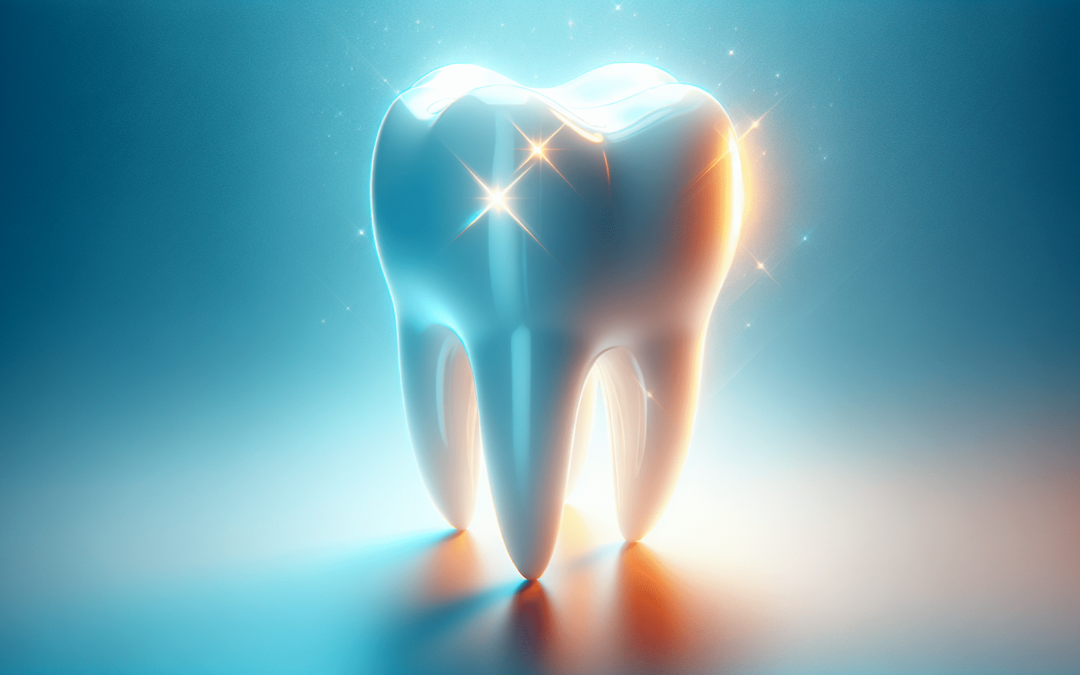Have you ever wondered what it takes to achieve and maintain a radiant smile? A gleaming set of teeth not only boosts your confidence but also serves as an indicator of overall health. There’s far more to teeth health than just regular brushing and occasional dental visits. This article aims to uncover the secrets of achieving and maintaining excellent dental health through a comprehensive understanding and application of key practices.
Understanding Oral Health
Oral health encompasses not just your teeth, but also your gums, jaw, and entire oral-facial system. It’s important to grasp the impact that oral health has on your well-being. Scientific studies consistently demonstrate a strong connection between oral health and systemic conditions such as heart disease, diabetes, and respiratory infections. You might be surprised to learn how integral your oral cavity is to your overall health.
The Anatomy of a Healthy Mouth
A healthy mouth consists of strong teeth, healthy gums, and an unblemished oral mucosa. Teeth play a pivotal role in chewing, speaking, and maintaining the structure of your face. Gums support the teeth while ensuring they remain firmly rooted in place. The oral mucosa acts as a barrier to bacteria and other pathogens.
Key Oral Health Indicators
Here are some markers you should watch for to determine if your oral health is on the right track:
- Gum Color: Healthy gums should appear pink and firm.
- Breath: Persistent bad breath may signal dental issues.
- Sensitivity: Tooth sensitivity to hot or cold can indicate enamel loss or gum recession.
- Bleeding: Bleeding gums during brushing or flossing may be a sign of gum disease.
Daily Oral Care Routine
Practicing a thorough daily oral care routine is crucial for maintaining healthy teeth. Consistency is key, and knowing the appropriate techniques will make your efforts more effective.
Brushing Techniques
Brushing your teeth is the cornerstone of oral hygiene, but technique matters as much as the frequency. Brushing correctly can prevent plaque buildup, cavities, and gum disease.
- Frequency: Brush at least twice a day.
- Duration: Each session should last around two minutes.
- Method: Use a soft-bristled toothbrush and fluoride toothpaste. Hold the toothbrush at a 45-degree angle to your gums and use gentle, circular motions.
Flossing
Flossing often gets overlooked, yet it is essential for removing plaque and food particles between teeth, areas your toothbrush can’t reach.
- Frequency: At least once daily.
- Technique: Use about 18 inches of floss. Hold it taut between your thumbs and forefingers, sliding it gently up and down between your teeth, making sure to curve it around the base of each tooth.
Mouthwash
Mouthwash can be a beneficial addition to your oral care routine, providing extra protection against decay and gum problems.
- Types of Mouthwash:
- Fluoride: Helps to strengthen tooth enamel.
- Antiseptic: Reduces bacterial load, reducing gum disease.
- Usage: Follow the manufacturer’s instructions. Typically, rinsing for 30 seconds once or twice a day is sufficient.
Tongue Cleaning
Cleaning your tongue can combat bad breath and improve your sense of taste.
- Technique: Use a tongue scraper or the back side of your toothbrush. Scrape from back to front gently, and rinse thoroughly afterward.

Advanced Care
Beyond your daily routine, other advanced care techniques and professional interventions can bolster your oral health significantly.
Regular Dental Check-ups
Professional cleanings and examinations are crucial for early detection and prevention of larger issues.
- Frequency: Twice a year is generally recommended.
- What to Expect: Cleaning, examination, and potentially X-rays to catch issues that aren’t visible to the naked eye.
Sealants and Fluoride Treatments
Dental sealants and fluoride treatments are preventive measures particularly effective for children but also beneficial to adults.
- Sealants: A protective coating applied to the chewing surfaces of the back teeth, preventing decay.
- Fluoride Treatments: Higher concentration fluoride applied by your dentist to strengthen enamel and reverse early decay.
Orthodontics
Properly aligned teeth are easier to clean and reduce the risk of tooth decay and gum disease.
- Options: Braces, aligners, and retainers.
- Benefits: Improved bite and ease of cleaning.
Nutrition and Oral Health
What you consume has a direct impact on your dental health. A balanced diet can go a long way in maintaining that radiant smile.
Foods to Include
- Dairy Products: High in calcium and phosphates, which help in remineralizing tooth enamel.
- Leafy Greens: Rich in calcium, folic acid, and various vitamins and minerals.
- Fruits: Particularly those high in water content like apples and pears help to increase saliva flow, which naturally cleans the mouth.
Foods to Avoid
- Sugary Treats: Candy, soda, and cakes increase the risk of cavities.
- Starchy Foods: Chips and bread can get stuck in your teeth, becoming food for bacteria.
- Acidic Foods and Drinks: Citrus fruits, wine, and soft drinks can erode enamel over time.
Hydration
Drinking adequate amounts of water is essential for saliva production, which washes away food particles and bacteria.
- Fluoridated Water: Opt for fluoridated water whenever possible for added protection against cavities.

Common Dental Issues and Solutions
Understanding common dental issues can empower you to take the necessary steps to prevent or remedy them.
Cavities
Cavities are permanently damaged areas in your teeth that develop into tiny holes.
- Prevention: Regular brushing and flossing, reducing sugar intake, and professional fluoride treatments.
- Treatment: Fillings, crowns, or root canals depending on severity.
Gum Disease
Gum disease ranges from mild gingivitis to severe periodontitis, which can result in tooth loss.
- Prevention: Consistent oral hygiene practices and regular dental visits.
- Treatment: Scaling and root planing, and in severe cases, surgical intervention.
Tooth Sensitivity
Sensitivity often results from worn enamel or exposed tooth roots.
- Prevention: Use toothpaste designed for sensitive teeth and avoid excessively acidic foods.
- Treatment: Desensitizing treatments and fluoride gels.
Bad Breath
Chronic bad breath can be a sign of underlying dental issues.
- Prevention: Maintaining good oral hygiene, regular tongue cleaning, and staying hydrated.
- Treatment: Treating any underlying dental or medical conditions.
Role of Habits and Lifestyle
Your lifestyle choices significantly impact your oral health. Making conscious decisions can protect your teeth for the long run.
Smoking and Alcohol
Both smoking and excessive alcohol consumption can lead to a range of dental problems including oral cancer, gum disease, and tooth loss.
Stress Management
High stress can lead to behaviors such as teeth grinding (bruxism), which wears down your teeth. Practice stress management techniques like deep breathing exercises and regular physical activity.
Regular Exercise
Physical activity can improve your overall health, which in turn supports your oral health. A healthy body fights off infections more effectively, including those in your gums.

Innovative Dental Technologies
Advancements in dental technology can offer you more effective and comfortable treatments.
Laser Dentistry
Laser treatments can be used for various procedures including gum reshaping and removing tooth decay, providing a less invasive option causing minimal discomfort.
Digital X-rays
Digital X-rays are faster and expose you to less radiation than traditional X-rays, making early detection of dental issues more precise and secure.
3D Printing and CAD/CAM
These technologies enable the creation of customized dental components like crowns and bridges, ensuring a perfect fit and quicker turnaround times.
Emotional and Psychological Aspects
Oral health is not just about physical well-being but also emotional and psychological wellness. A radiant smile can significantly affect your confidence and social interactions.
Self-Esteem
Your smile plays a vital role in how you perceive yourself. Maintaining excellent oral health can boost your self-esteem and social confidence.
Mental Health
Chronic dental issues and pain can contribute to stress, anxiety, and even depression. Addressing these issues promptly can enhance your overall quality of life.

Myths and Misconceptions
Dispelling myths and misconceptions about oral health is essential for fostering accurate understanding and effective practices.
Myth: Brushing Harder Cleans Better
Brushing harder can actually damage your enamel and gums. It’s the thoroughness rather than the force that counts.
Myth: Sugar-Free Gum is Safe
While sugar-free gum is better than regular gum for your teeth, it can still contain acidic ingredients that wear down your enamel over time.
Myth: You Only Need to See a Dentist When You Have a Problem
Preventive care is crucial. Regular check-ups can help catch issues before they become serious problems.
Practical Tips for a Radiant Smile
Simple, practical tips can help you achieve and maintain a stunning, healthy smile every day.
Stay Consistent
Consistency is the backbone of any successful oral health routine. Set reminders if necessary to ensure you never skip your brushing or flossing sessions.
Use Proper Tools
Invest in a quality toothbrush, floss, and mouthwash. Electric toothbrushes are generally more effective than manual ones.
Stay Informed
Stay updated with the latest in dental care by consulting reliable sources and engaging with your healthcare provider. Knowledge is power, especially when it comes to your health.

Conclusion
Achieving a radiant smile is a combination of diligent daily care, professional interventions, and informed lifestyle choices. By implementing the strategies outlined in this guide, you can significantly improve your teeth health and, by extension, your overall well-being. The journey towards optimal oral health is ongoing, but with the right tools and information, it’s entirely within your reach.
